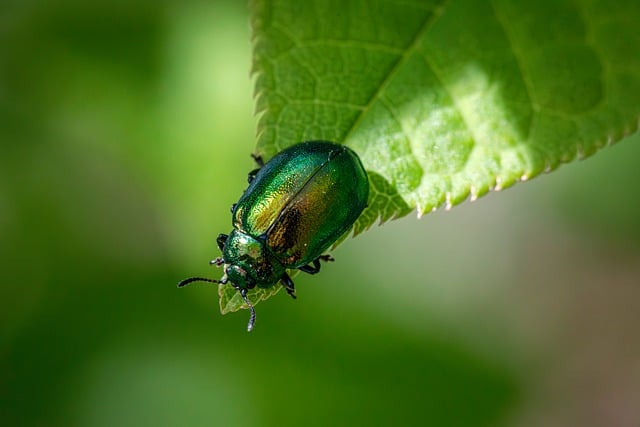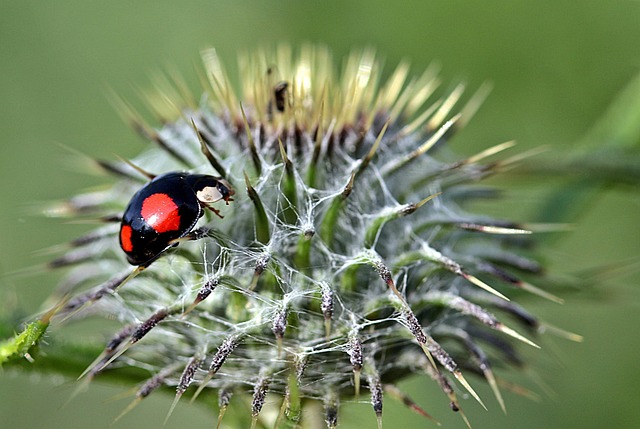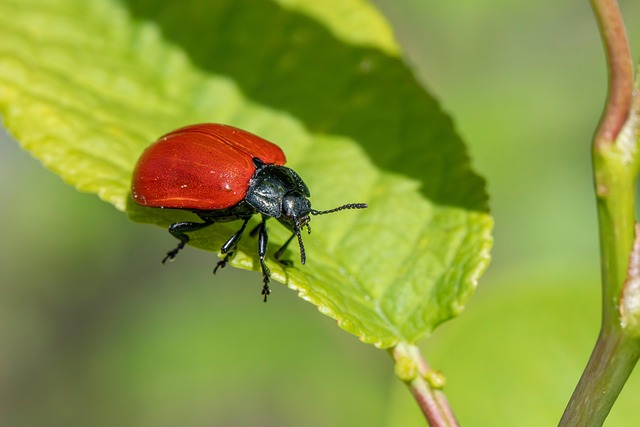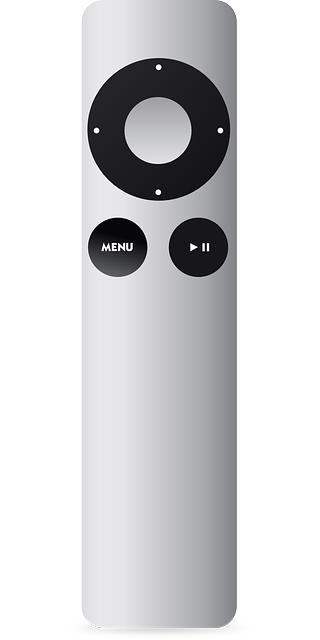To protect fruit trees near Arvada from insect and disease infestations, adopt a proactive, multi-faceted approach: regular inspections by experts, early identification of pests like aphids or powdery mildew, implementation of integrated pest management (IPM) strategies combining biological, cultural, and chemical controls, maintaining tree health through proper care, utilizing organic repellents, and enhancing air circulation through pruning. Communication with local agricultural experts ensures access to sustainable practices for optimal fruit tree health.
In the face of pest infestations, swift action is crucial to protect your fruit trees near Arvada. This article offers a comprehensive guide to emergency infestation response, focusing on insect and disease management strategies tailored for these delicate plants. From understanding the urgency of immediate intervention to implementing best practices, we provide essential steps to safeguard your fruit trees. Discover effective techniques to prevent and control pest issues, ensuring your Arvada orchards thrive year-round.
- Understanding Emergency Infestation Response for Fruit Trees
- Steps to Implement Effective Insect and Disease Management
- Protecting Your Arvada Fruit Trees: Tips and Best Practices
Understanding Emergency Infestation Response for Fruit Trees

In the event of an emergency infestation, swift action is crucial to protect fruit trees in Arvada and prevent significant damage. Effective insect and disease management requires a proactive approach to identify and address issues promptly. The first step involves recognizing the specific pests or diseases affecting the trees, which can be complex as various insects and pathogens may target different species. Arborists or pest control experts should inspect the trees thoroughly to pinpoint the root of the problem.
Once identified, specialized treatments can be deployed to manage the infestation effectively. This might include natural or chemical interventions, depending on the severity and type of intrusion. For instance, organic solutions like insecticidal soap or neem oil can combat certain pests, while more severe cases may demand targeted pesticides. The goal is to maintain the health and productivity of fruit trees while ensuring the safety of both the environment and nearby inhabitants.
Steps to Implement Effective Insect and Disease Management

Implementing effective insect and disease management for fruit trees in Arvada starts with a comprehensive understanding of local pests and their life cycles. The first step is identifying potential threats early on, as many insects and diseases can go unnoticed until significant damage has occurred. Regular inspections and monitoring are crucial to catching infestations promptly. Homeowners should learn to recognize the signs of common fruit tree pests like aphids, spider mites, and powdery mildew, which can be identified by distinctive symptoms on leaves or bark.
Once identified, integrated pest management (IPM) strategies should be employed. This involves a combination of cultural, biological, and chemical controls tailored to each specific issue. For example, maintaining proper tree health through adequate watering and fertilization can naturally resist pests. Introducing beneficial insects like ladybugs and lacewings can also help control populations of harmful insects. In severe cases, targeted applications of approved pesticides may be necessary, ensuring safety and minimizing environmental impact. Regular communication with local agricultural experts provides valuable insights into the most effective and sustainable insect and disease management practices for fruit trees near Arvada.
Protecting Your Arvada Fruit Trees: Tips and Best Practices

To protect your fruit trees near Arvada from insect and disease infestations, start by implementing a comprehensive insect and disease management strategy. Regular monitoring is key; inspect your trees for any signs of distress or unusual activity, such as chewed leaves, abnormal growth, or discolored spots. Early detection allows for prompt action, preventing small issues from escalating into full-blown emergencies.
Practice good tree care, ensuring proper watering, adequate sunlight, and balanced fertilization. Healthy trees are better equipped to withstand pest pressures. Consider using organic or natural repellents as a first line of defense; neem oil, soap, and garlic-based products can be effective in deterring common pests. Regular pruning helps improve air circulation and sunlight penetration, creating an environment that discourages pests and diseases from taking hold.
In addressing pest control emergencies, particularly for fruit trees in Arvada, understanding specific insect and disease management strategies is vital. By implementing effective practices outlined in this article, including proper identification, quick response, and eco-friendly solutions, homeowners can protect their fruit trees from devastating infestations. Adopting these best practices ensures a healthier, more vibrant fruit tree landscape for years to come, fostering a harmonious relationship between humans and nature right in their backyards. For those seeking professional assistance with insect and disease management for fruit trees near Arvada, there are numerous reputable services available that can provide emergency response and long-term solutions.
